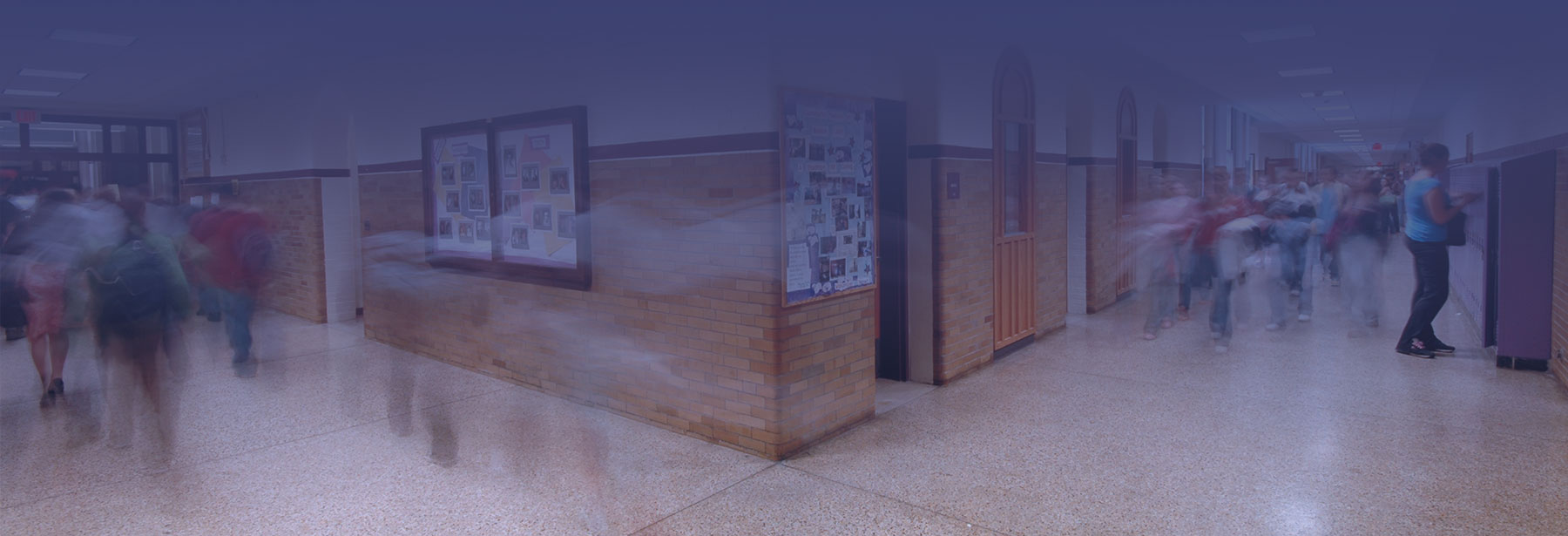When superintendents, technologists and other educators first hear about Gaggle, they sometimes confuse what we offer with a web filter. From our point of view, website content filters and Gaggle Safety Management are both valuable, but it’s important to acknowledge that they’re very different.
Functionality
A web filter is software designed to restrict or control the online content that a user is allowed to access. A web filter might be likened to locked rooms or a lock gate for a baby or pet. The intention is to keep someone or something out of an unhealthy area.
We’re more concerned with how students engage online content than what they engage. By combining machine learning technology with trained Safety Representatives, we analyze and review what students say and send to one another, as well as their communication with individuals outside the school or district. The goal is to provide early warning detection of harmful situations and to help you decide where to direct resources to address digital citizenship, bullying prevention and mental health issues.
Safety
Web filters focus on prevention and content moderation more than student safety. A school or district, for example, might block access to pornographic websites so students cannot access them. We review all student email messages, files and more in search of transmitted pornographic images. A web filter is incapable of catching a student who tries to send self-produced pornographic images.
Here’s another example: Often schools and districts will block access to social media sites, like Facebook and Twitter, primarily because they might disrupt productivity and learning. We keep students safe by analyzing and reviewing all communication associated with a student’s school-provided email account and cloud storage, such as Google Drive or Microsoft OneDrive. If a student uses his or her school-provided email account to sign up for Facebook or Twitter (or any social network), concerning or harmful messages will be reported to a school or district Emergency Contact.
Breadth of Service
Finally, a web filter is only effective when students attempt to access blocked sites on the school network. We work to find inappropriate content around the clock, whether the student is at school or home—on weekends, weekdays and holidays.
This comparison just scratches the surface when it comes to the differences between Gaggle and web filters. Contact a Gaggle sales representative today to learn more.



Let Us Know What You Thought About This Post.
Put your comment below.